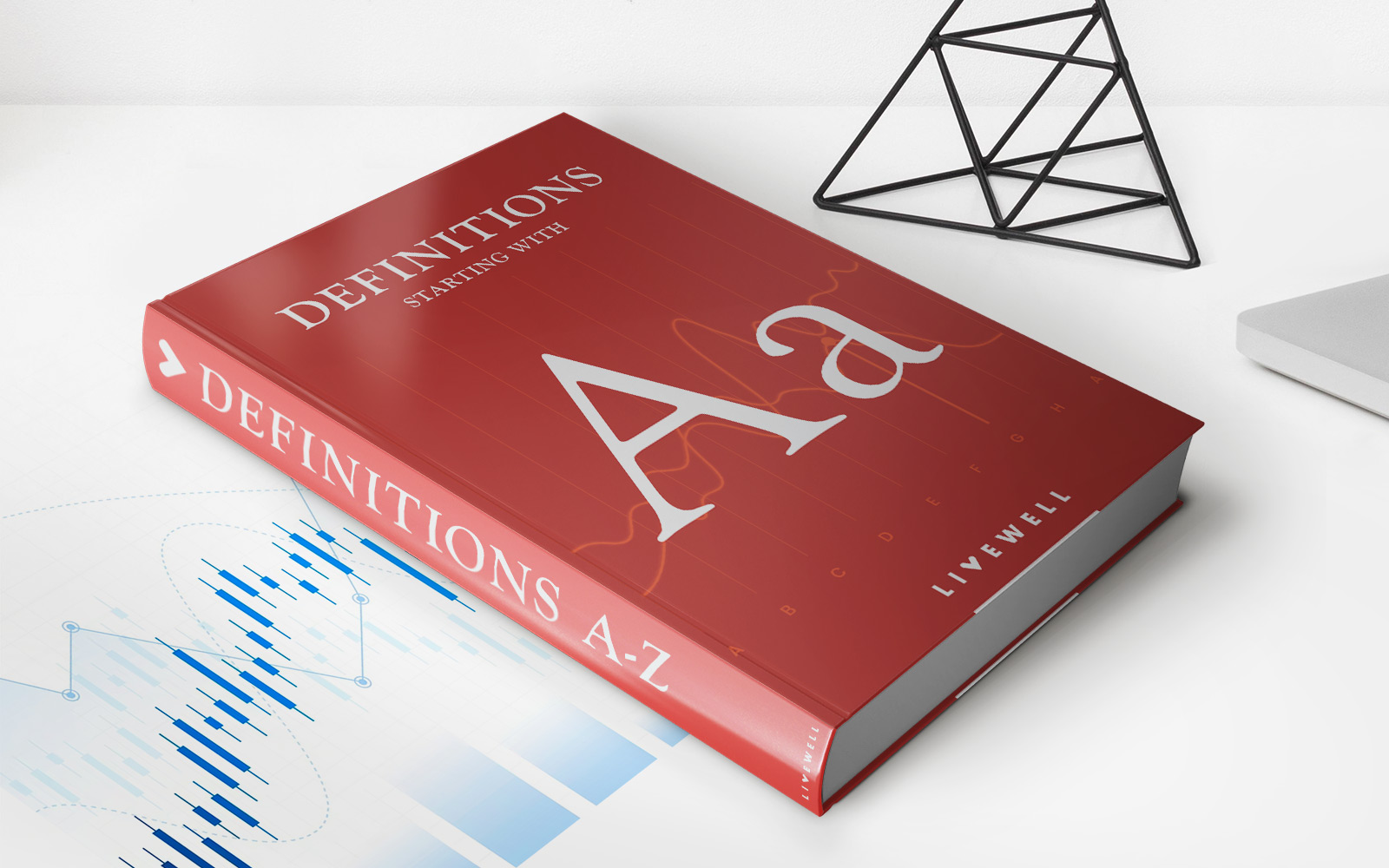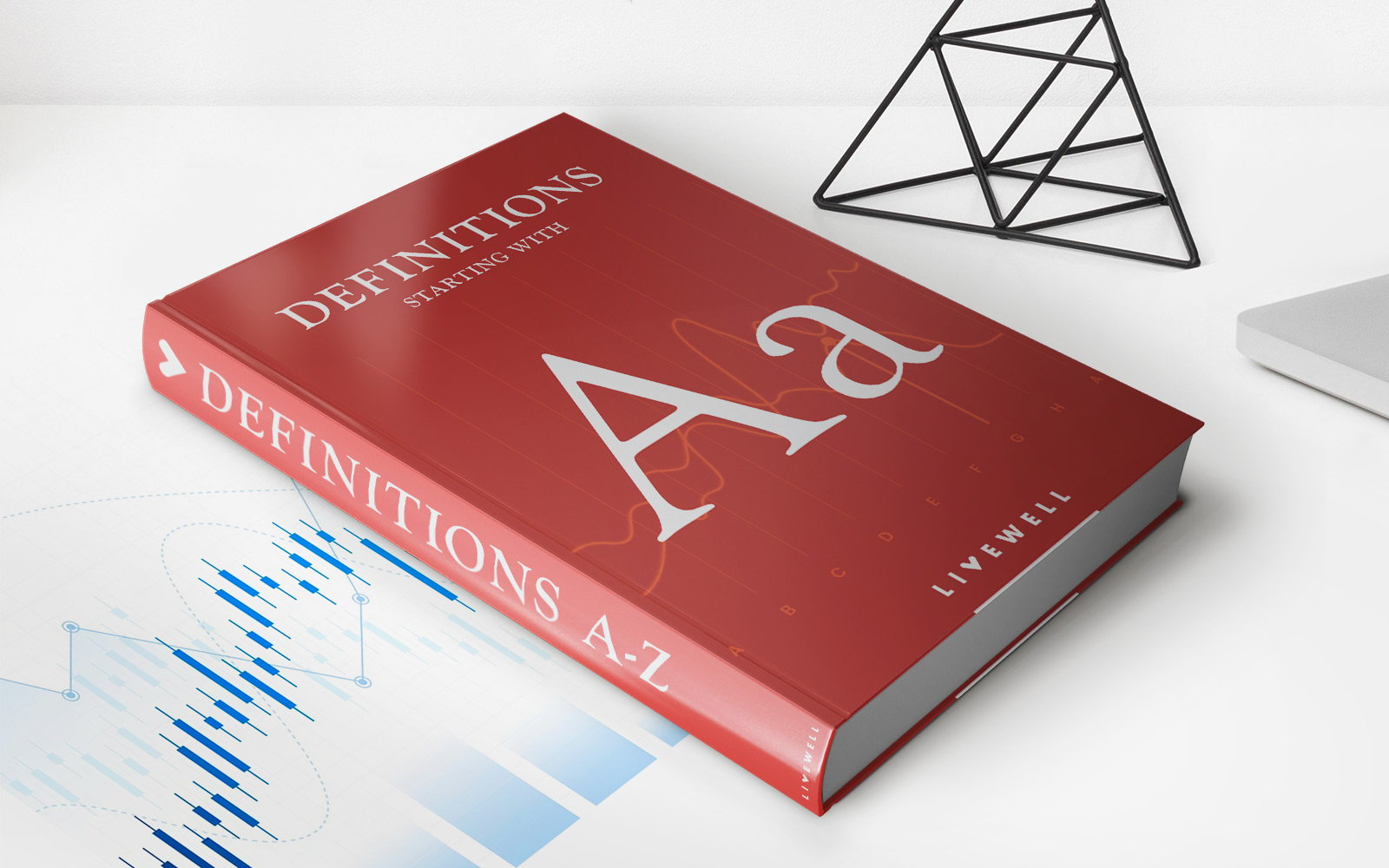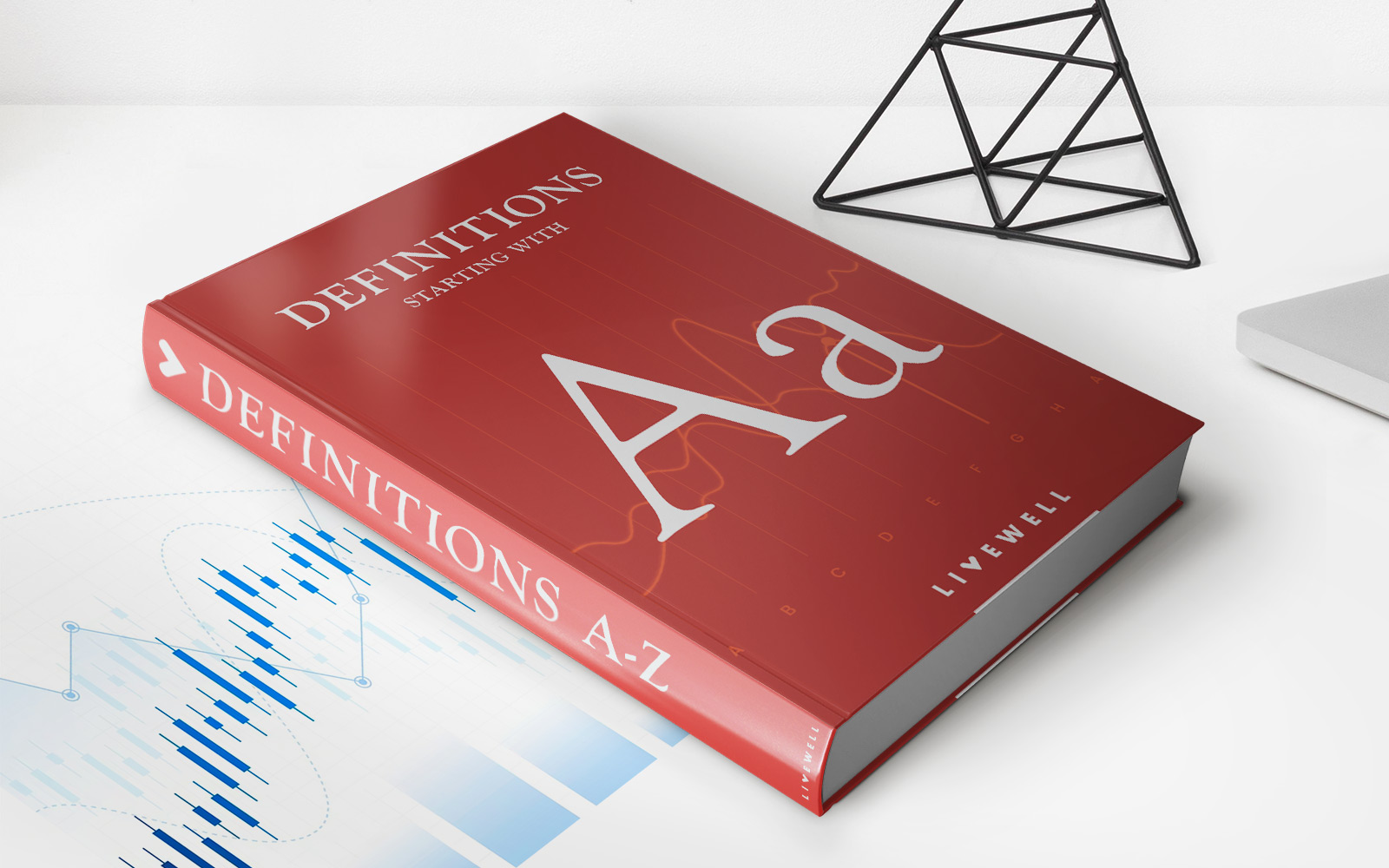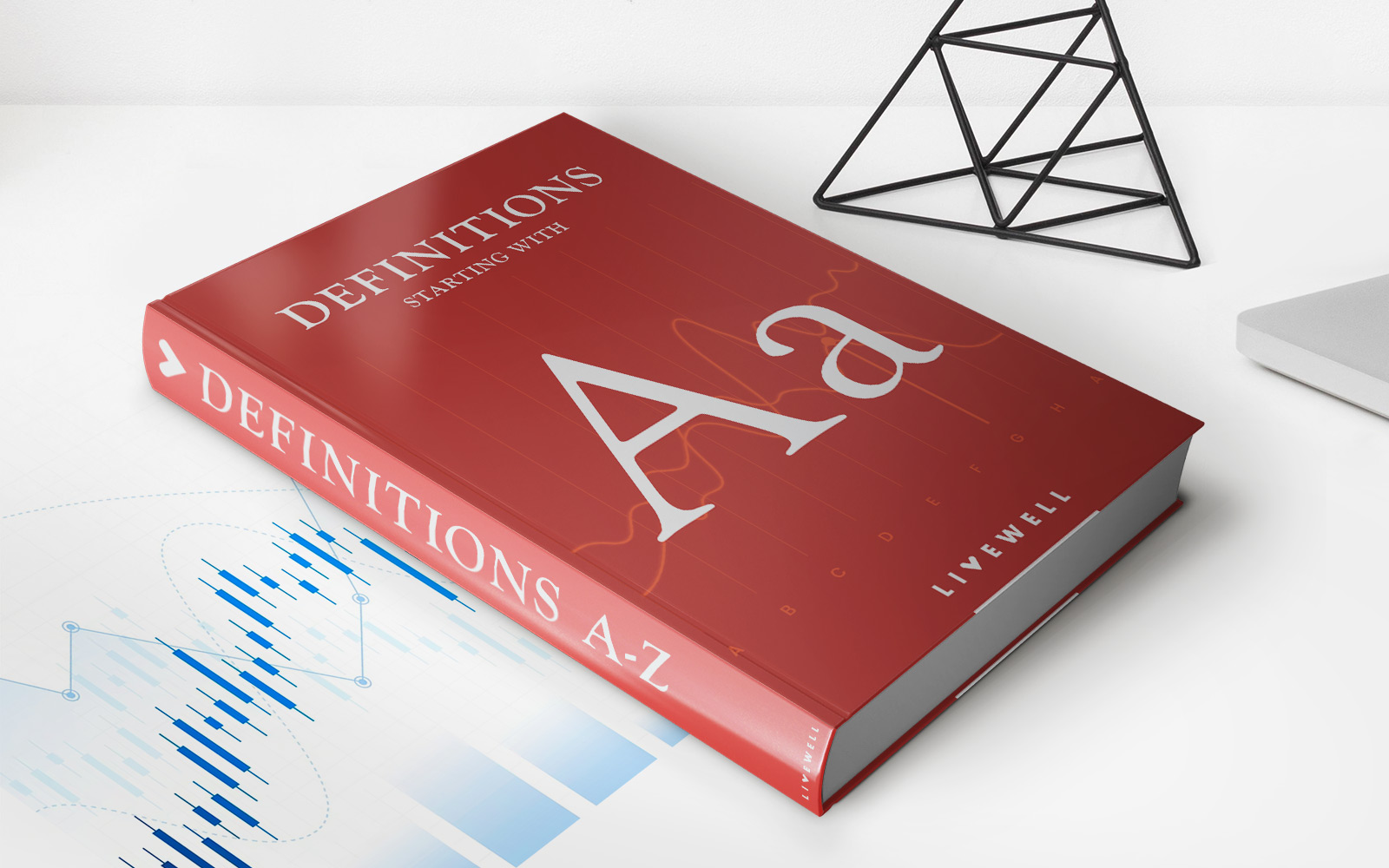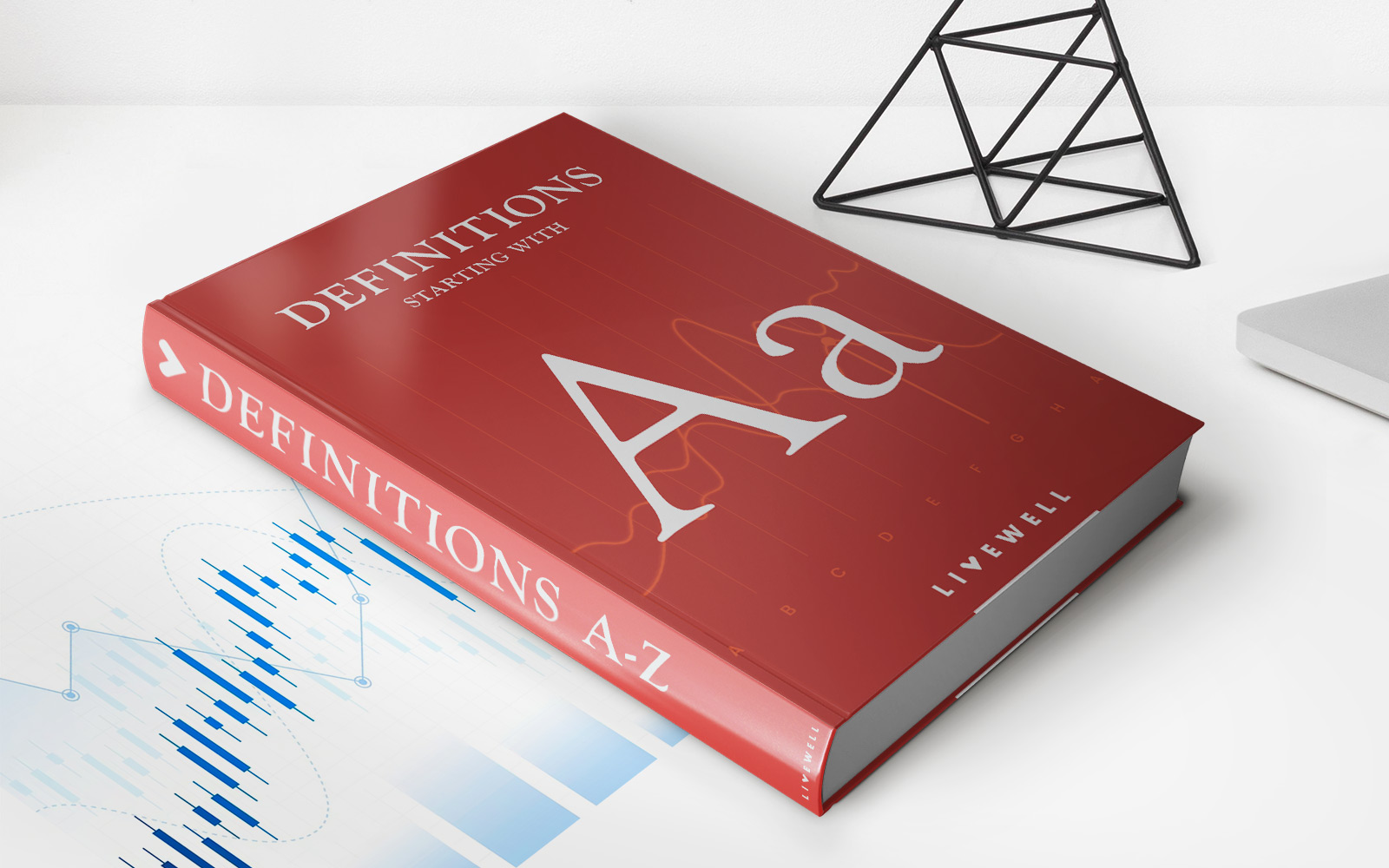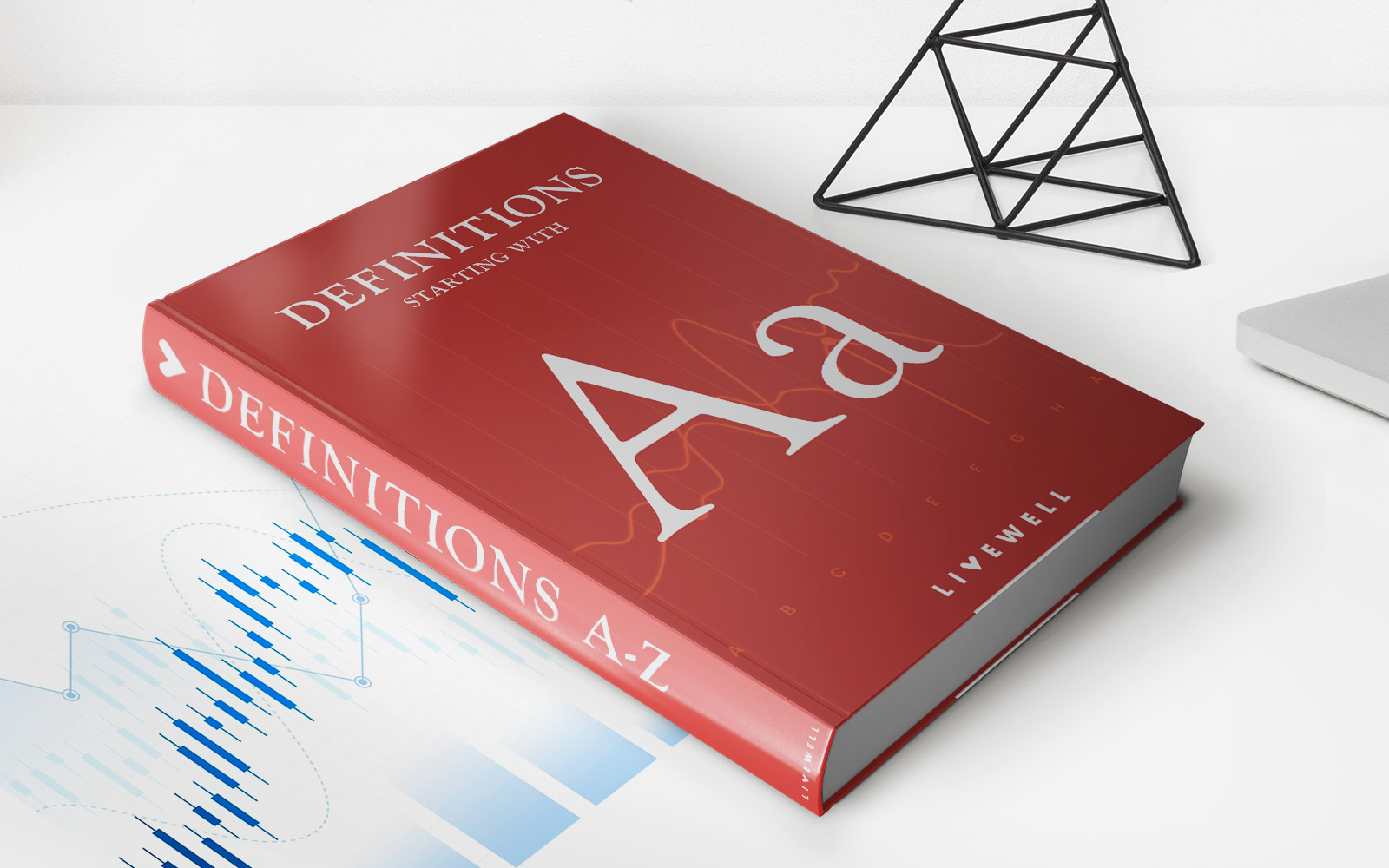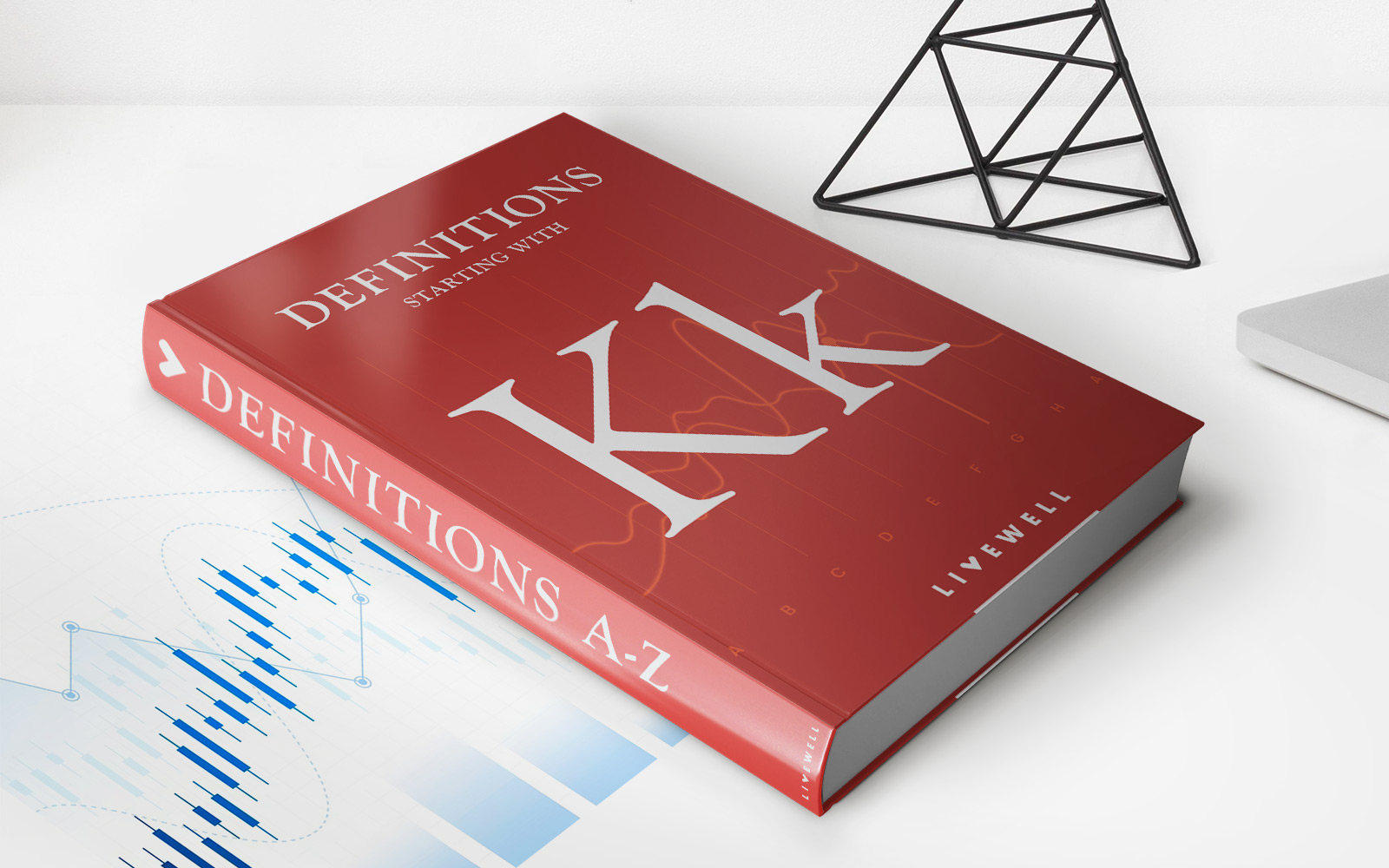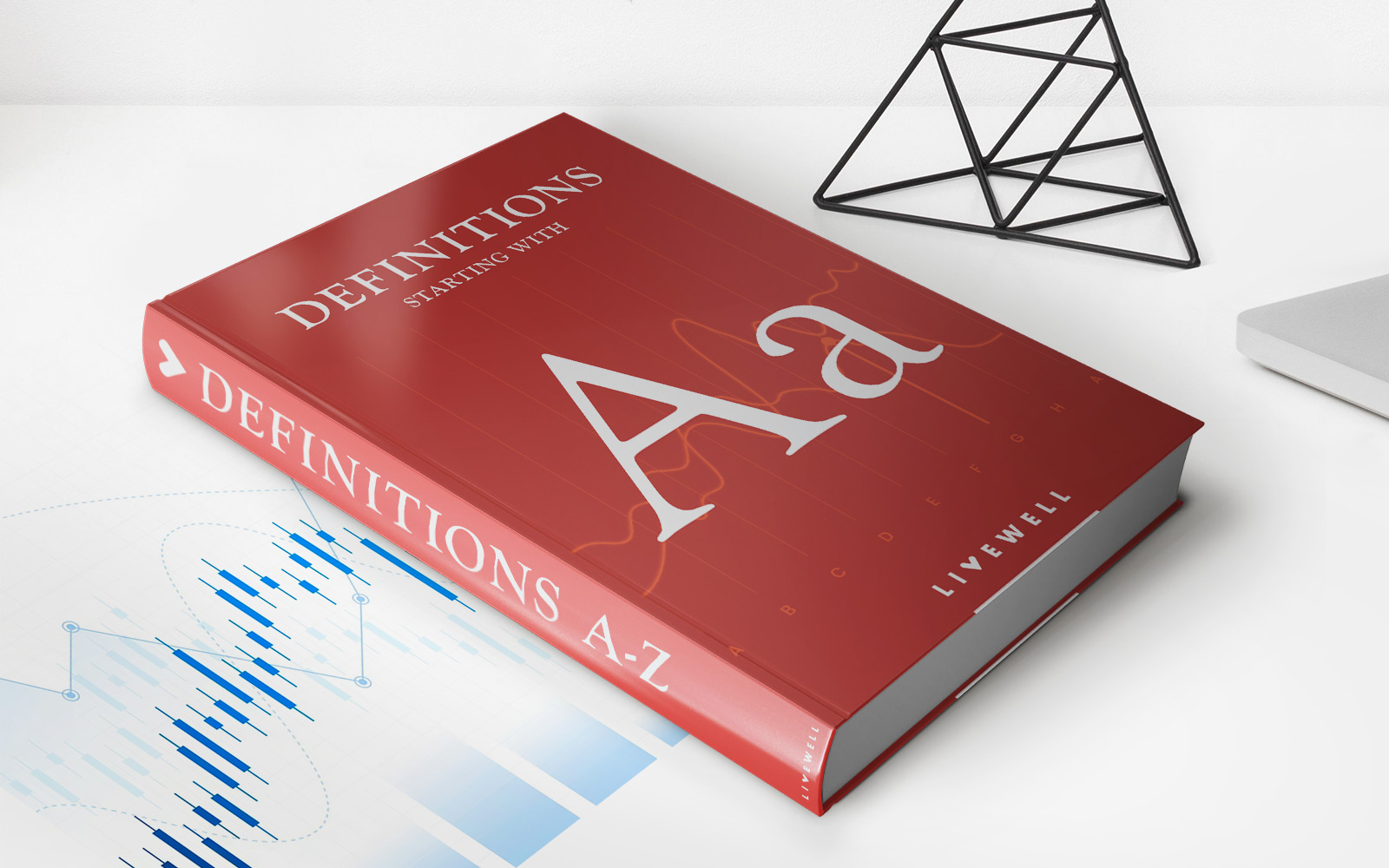

Finance
Kazakhstan Tenge (KZT) Definition
Published: December 15, 2023
Learn about the definition and significance of Kazakhstan Tenge (KZT) in the world of finance. Explore its value, history, and current trends.
(Many of the links in this article redirect to a specific reviewed product. Your purchase of these products through affiliate links helps to generate commission for LiveWell, at no extra cost. Learn more)
Understanding Kazakhstan Tenge (KZT): A Guide to the National Currency
Finance is a broad category that encompasses various aspects of money management, investments, and economic systems. In this blog post, we will explore the world of currency and focus on the Kazakhstan Tenge (KZT). If you are curious about this national currency, want to know its definition, and understand its significance, you’ve come to the right place.
Key Takeaways:
- The Kazakhstan Tenge (KZT) is the official national currency of Kazakhstan.
- It was introduced in 1993 as a replacement for the Soviet ruble.
The Kazakhstan Tenge (KZT), often referred to as Tenge, is the official currency of Kazakhstan. It carries the ISO currency code of KZT and is represented by the symbol ₸. The word “Tenge” itself translates to “money” in the Kazakh language. Introduced on November 15, 1993, the Tenge replaced the Soviet ruble as the country’s currency following Kazakhstan’s declaration of independence in 1991.
The Tenge is issued and regulated by the National Bank of Kazakhstan, the country’s central bank. It is managed using a floating exchange rate system, which means its value fluctuates based on supply and demand factors in the foreign exchange market.
But what makes the Kazakhstan Tenge unique? Apart from being the official currency of the country, here are some key characteristics and features:
- Banknotes: The Tenge banknotes come in denominations of 200, 500, 1,000, 2,000, 5,000, 10,000, and 20,000 Tenge. Each denomination features different designs and prominent Kazakh cultural and historical figures.
- Coins: The Tenge coins are available in denominations of 1, 2, 5, 10, 20, 50, and 100 Tenge. These coins also showcase various symbols and elements that represent the rich heritage of Kazakhstan.
- Financial Stability: The National Bank of Kazakhstan aims to maintain price stability and preserve the value of the Tenge. Through various monetary policy measures and regulations, the bank strives to promote economic growth and protect the interests of its citizens.
- International Trade: As Kazakhstan continues to grow and develop, the Tenge plays an important role in facilitating international trade and investment activities. It allows businesses and individuals to engage in transactions with other countries, promoting economic cooperation and integration.
In conclusion, the Kazakhstan Tenge (KZT) is the official currency of Kazakhstan and an essential element in the country’s financial system. It embodies the cultural heritage and economic aspirations of its people. Understanding the significance of the Tenge is crucial for anyone interested in finance, international trade, and the evolving landscape of global currencies.
Whether you plan to visit Kazakhstan, engage in financial transactions, or simply expand your knowledge, the Kazakhstan Tenge is a fascinating topic worth exploring. Keep an eye out for its performance in the foreign exchange market and discover the economic dynamics at play in this dynamically evolving nation.
